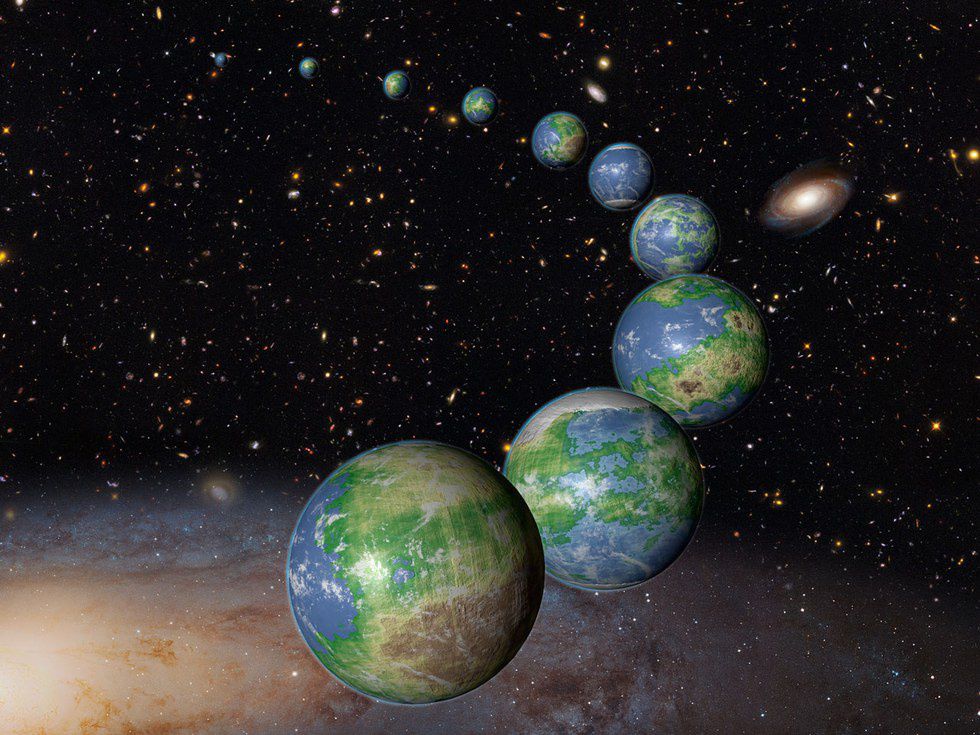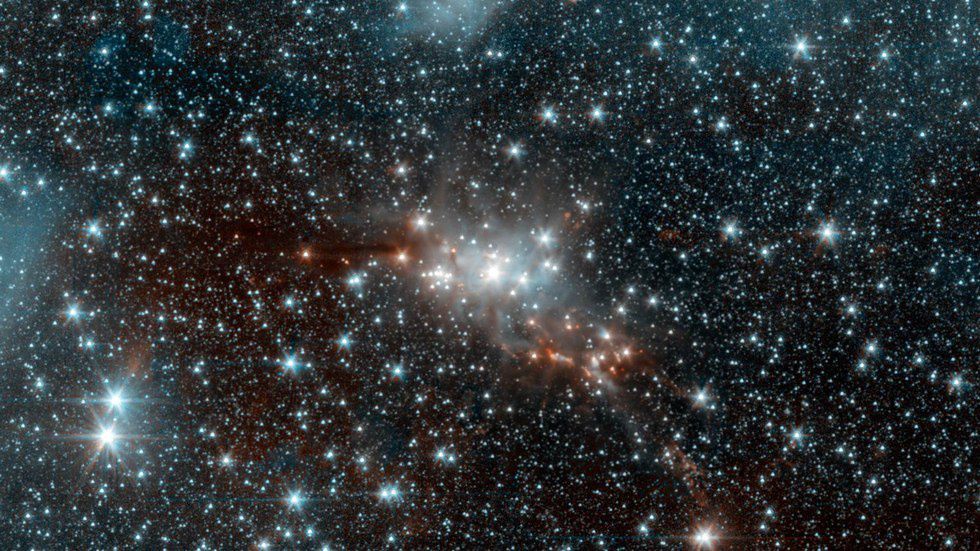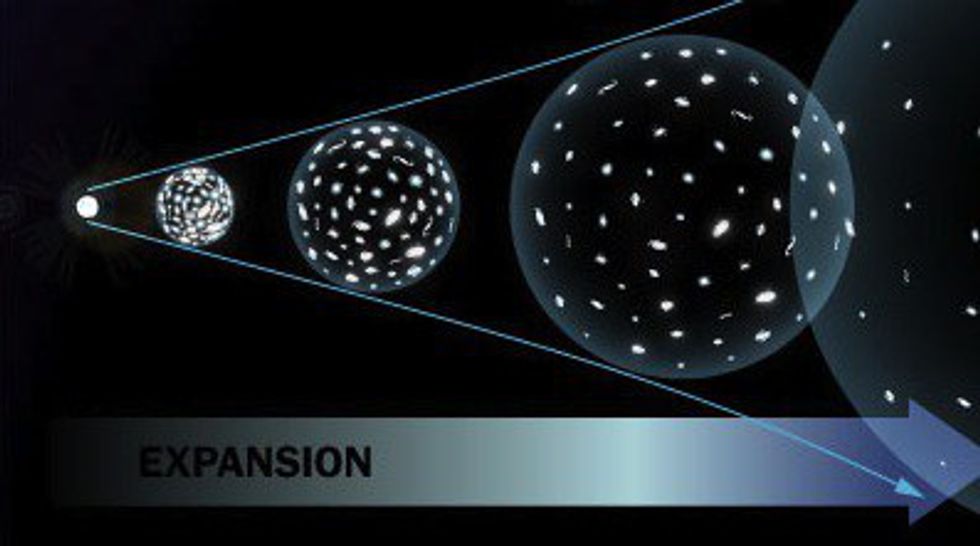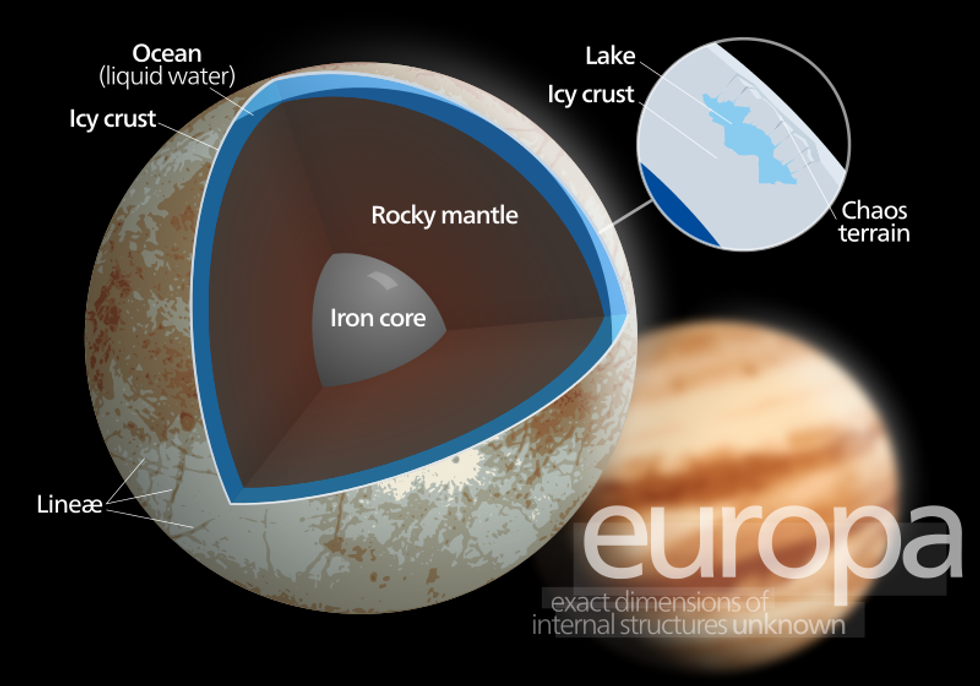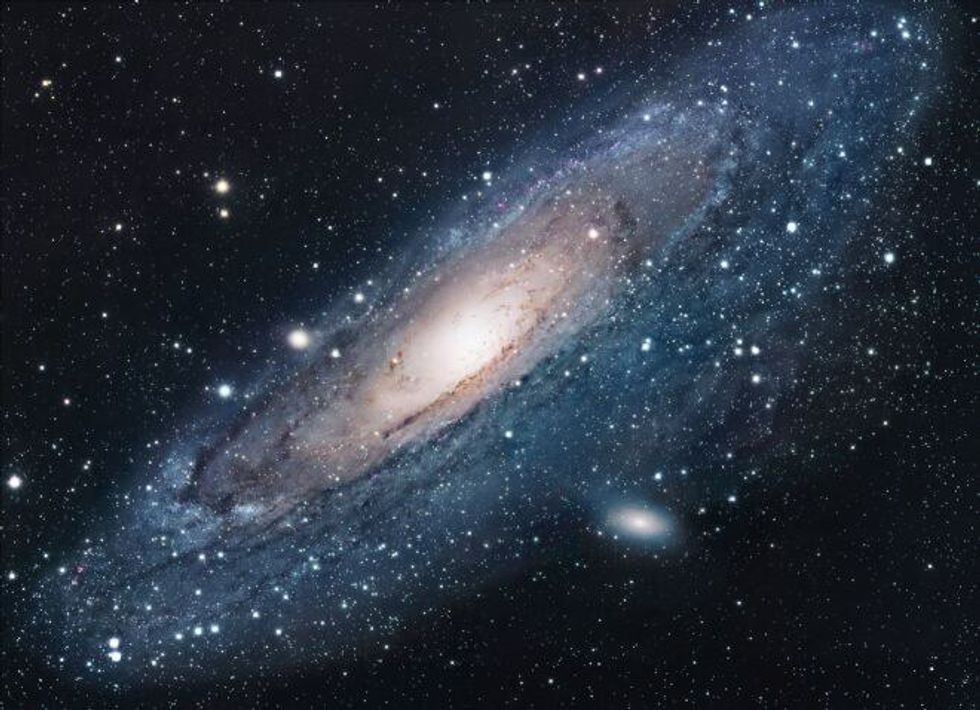The universe is a vast and incredible place. The idea of whether or not there is life on other planets has be debated for as long as humans have known about planets. As we live our life, going to parties, doing homework, making friends, going through breakups, and eating pizza, are there organisms on planets a million light-years away doing the same? Or are we just living on Earth, meaninglessly screaming into the void?
Learn a little about space and decide for yourself.
1. There are billions of planets just like Earth.
In our solar system, there's only one planet that is inhabitable by our standard, however, in the known universe, there are as many Earth-like planets, as there are grains of sand on all of our beaches. If we're the only living organisms in our solar system, maybe there's only one planet of life in each solar system.
2. There are 100 billion stars...just in our galaxy.
In the Milky Way (that's where we live!) there are 100 billion solar masses, which can be simplified as 100 billion stars. If there is only one planet per solar system that can have life, then there are at least 100 billion possibilities for life.
3. There are 100 billion galaxies, in our universe.
Just in our galaxy is the 100 billion stars, but there are over 100 billion galaxies in the universe. In fact, we don't even really know how many galaxies there really are. It really makes you feel tiny.
4. The universe is still growing.
The universe has been expanding since the Big Bang, which means since the beginning of existence, the universe has slowly gotten bigger and bigger. That means for the last 13.7 billion years, the universe has been getting bigger and bigger every day. There is no center of the universe because everything is moving away from each other.
5. There's a moon with ice on it.
One of Jupiter's many moons, Europa, was found to have deep ice pockets on it. There is most likely only bacteria inside of the ice, but that is still life. This means that even in our own solar system, there is a chance for life. There have been several space crafts that have been to Europa, but both NASA and the European Space Agency have plans for missions to Europa by 2030. Which means in 15 years, we may find life on another rock in our massive solar system.
6. Our closest galaxy has 1 trillion stars.
Our galactic neighbor, Andromeda has over 1 trillion stars, which is quite a lot more than ours own. Out of a trillion stars, there could be any number of planets orbiting each one (ours has 8!)
The fact is, it is more likely that life on other planets exist than there isn't. There are virtually infinite opportunities for aliens to exist, whether there are humans like us, or some bacteria on a moon, the possibility is out there. Why haven't they visited? Why aren't we walking around with alien buddies? Well, those stars and planets are so far away, that it would take several lifetimes for us to get there, and it is likely that the same goes for those living in the stars. Although in our lifetime, we will probably never meet our space siblings, it makes me feel less lonely to think that we aren't alone in the universe.




